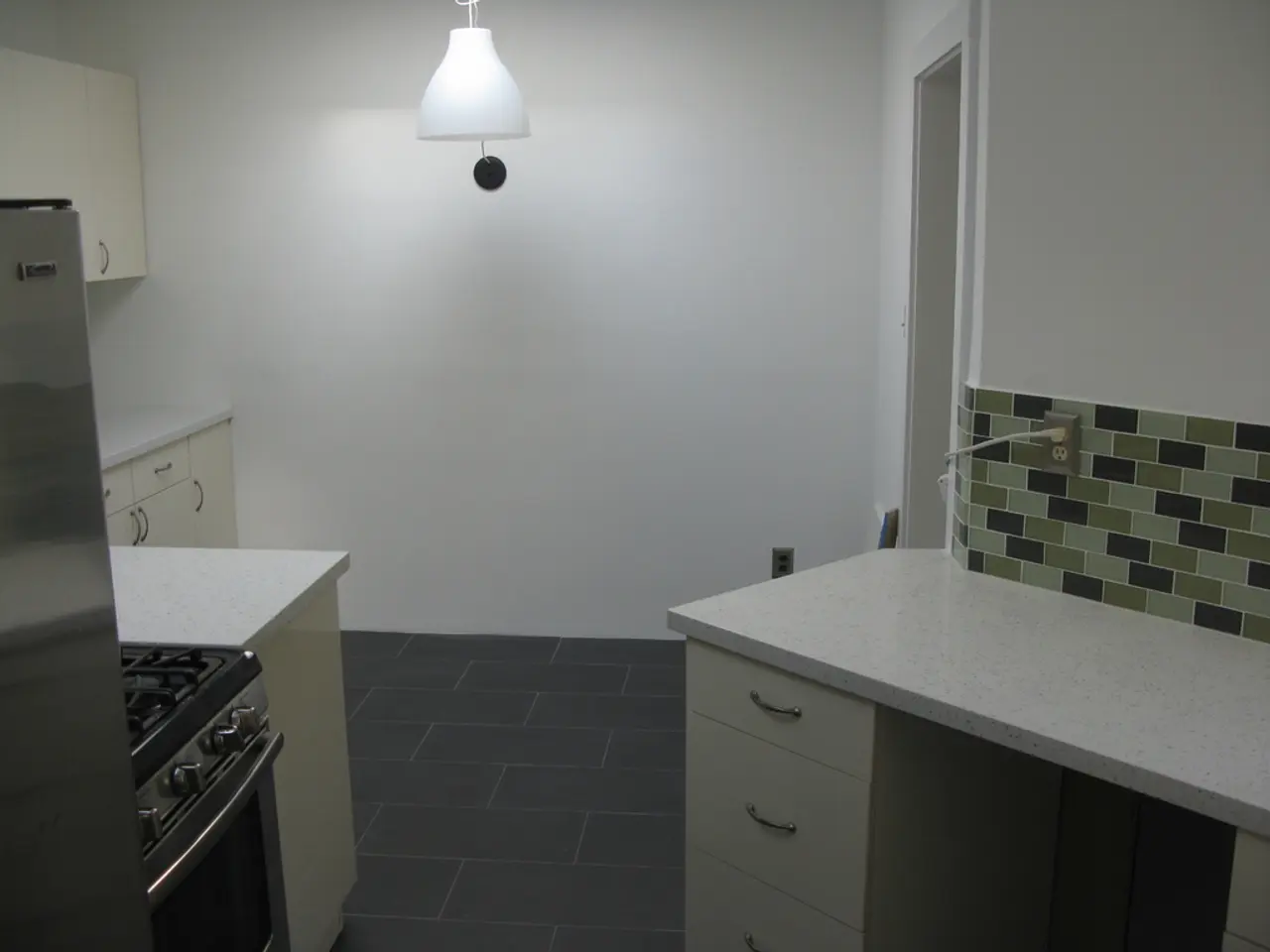Harmful Toxin in Your Bedroom: Researchers Reveal Potential Causes of Regular Illnesses
In the pursuit of energy efficiency and modern aesthetics, it's easy to overlook the importance of indoor air quality in new residential complexes. However, specialists have found a direct link between ventilation deficiency and a sharp increase in illnesses in these buildings.
Moisture, a common issue in new apartments, creates an ideal environment for the growth of mold fungi. These microorganisms can cause allergies, sore throats, and respiratory problems. Moreover, without regular ventilation, harmful compounds do not dissipate, and the microclimate becomes heavy, weakening residents' immune systems.
The main culprit behind discomfort in new apartments is the penetration of volatile organic compounds (VOCs) into the apartment's air. These chemicals are found in varnishes, paints, adhesives, laminate, and new linoleum, and can be released for months and even years. Contact with these chemicals causes irritation of the eyes, nose, and throat, and reduces local immunity.
To combat these issues, effective strategies to reduce VOCs and mitigate associated health issues include:
- Source Control: Identify and remove or replace items that emit VOCs, such as chemical-heavy cleaning products, furniture made from pressed wood, paints, glues, and personal care products containing synthetic fragrances or harmful chemicals. Using eco-friendly cleaning and personal care products significantly reduces indoor VOCs.
- Ventilation and Air Flow: Increase the exchange of indoor and outdoor air where possible, preferably through mechanical ventilation (HVAC systems with clean filters) rather than leaving doors/windows open, to avoid introducing outdoor allergens. Use exhaust fans in kitchens, bathrooms, and laundry rooms to reduce VOC build-up.
- Air Purifiers: Utilize air purifiers equipped with activated carbon filters, which are effective at removing odors and VOCs, combined with HEPA filters to trap allergens and fine particles. Newer models might include UV-C light to further reduce airborne microorganisms and VOCs.
- Humidity Control: Maintain indoor humidity at moderate levels using dehumidifiers or air conditioners to prevent mold growth and reduce dust mites, both of which can worsen indoor air quality.
- Indoor Plants: Introduce certain houseplants scientifically shown to absorb VOCs, such as Aloe Vera, Boston Fern, English Ivy, Rubber Plant, Golden Pothos, and Bamboo Palm. These plants target formaldehyde, benzene, xylene, toluene, and trichloroethylene, commonly found indoor VOCs.
Additional practical steps include vacuuming regularly with a HEPA-filter vacuum to remove settled allergens that can be disturbed into the air, and avoiding indoor smoking, candles, and wood fires that release pollutants.
By combining these strategies—source elimination, proper ventilation, air purification, humidity control, and natural absorption by plants—apartment dwellers can significantly reduce VOC levels and improve indoor air quality, thereby preventing respiratory irritation, allergies, and other health issues linked to poor air quality.
Early preventive measures, such as wall drying, ventilation reinforcement, and the use of antiseptics, are crucial in protecting residents' health. Signs of dampness in the apartment, such as condensation on windows, mold smell, or water droplets on walls, should be addressed promptly to prevent further harm to residents' health.
Frequent illnesses and deterioration of well-being among residents of new buildings are becoming increasingly discussed issues. The trend towards energy efficiency in new buildings exacerbates the problem by creating an airtight environment, leading to a lack of fresh air and regular air circulation. However, with informed choices and proactive measures, it is possible to create a modern, beautiful, and environmentally safe living space.
Source: source
- Embracing environmental-science principles in residential complexes could mitigate health-and-wellness concerns, as the use of eco-friendly materials in construction and interior design would reduce the release of volatile organic compounds (VOCs).
- A balanced approach to health-and-wellness would include fitness-and-exercise routines and proper nutrition, which could bolster the residents' immune systems, making them more resilient to potential health issues caused by poor indoor air quality.
- By investing in science-backed solutions, such as air purifiers, humidity control devices, and specific indoor plants, property developers can create living spaces that not only meet energy efficiency standards but also prioritize the health and well-being of their residents.




